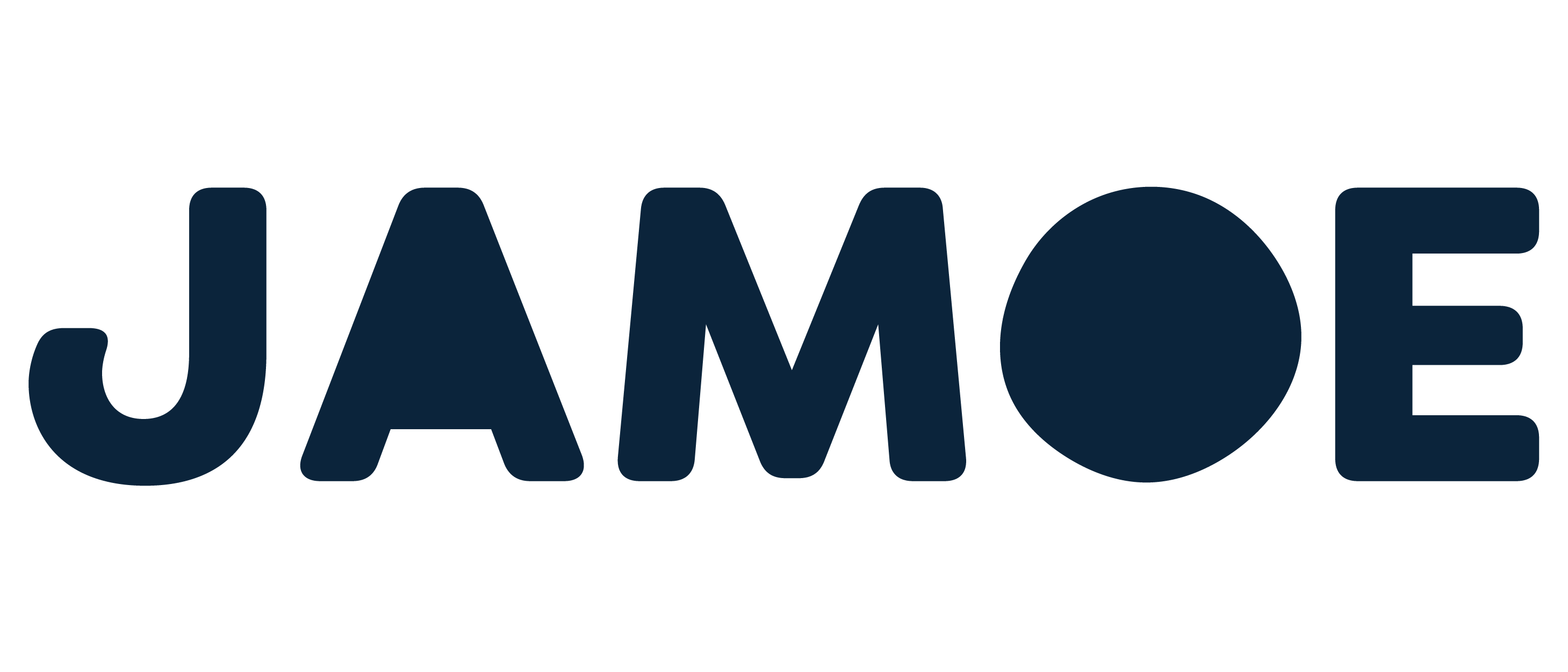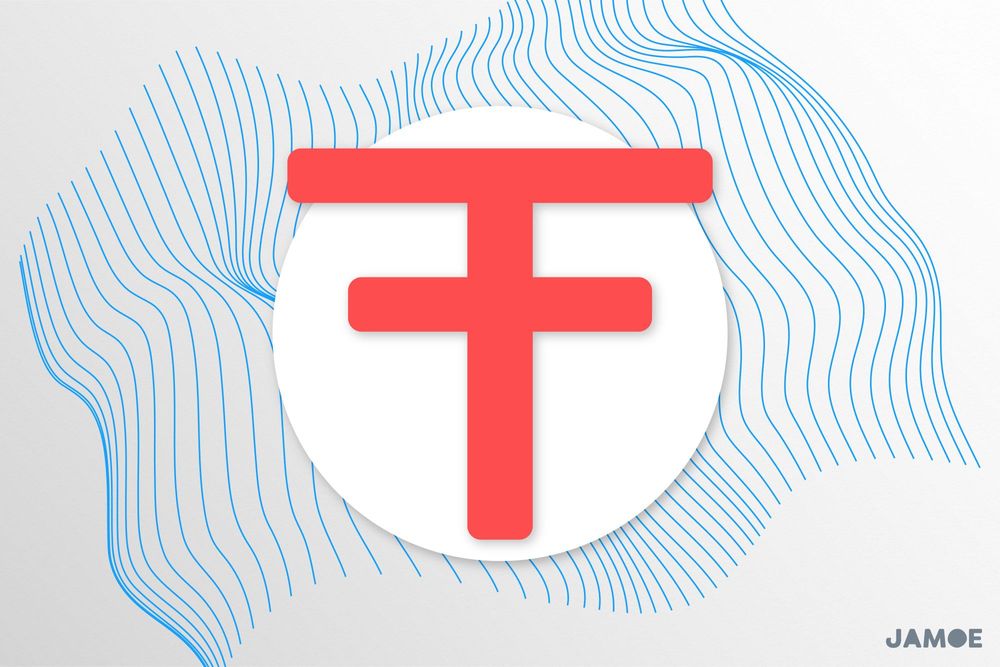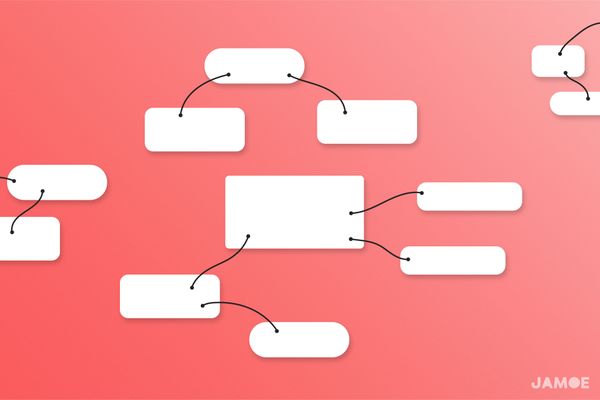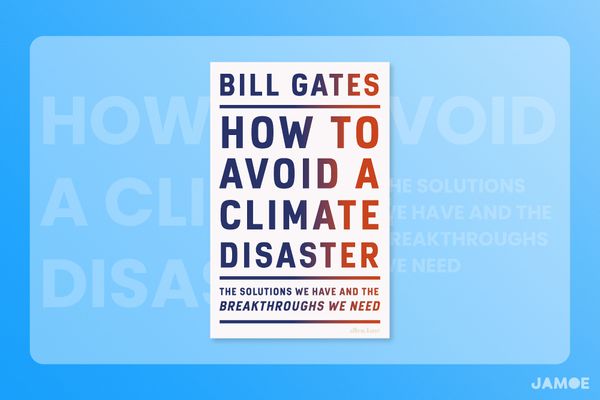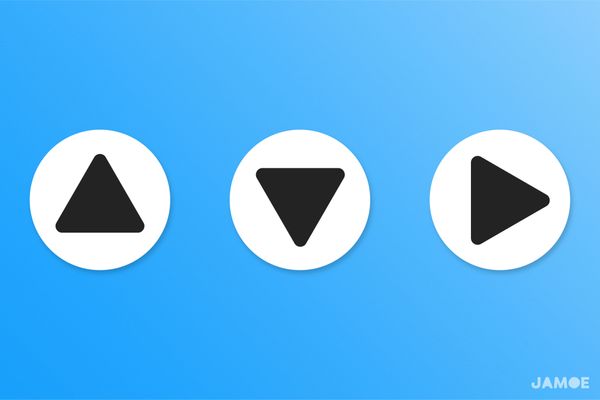Breadth and Depth: A Practical Workflow for Efficient Note-taking (Pt 5)
This is part five in our note-taking series.
At a glance
- Based on the reader questions: When reading, I move as slow as a snail. I'm paranoid that I'll miss something important, so I take a lot of (often unnecessary) notes. Do you have a way I can be more efficient? – Yuhao, China
- Avoid the pitfall of taking deep notes on everything. Instead adopt the breadth and depth approach, our T-shaped strategy for reading around a topic.
- For broad note-taking, we recommend Jump Notes; for deep note-taking, we recommend Highlight, Question, and Answer (HQ&A) Notes. Together they'll allow you to think fast or slow depending on the situation.
- Use the Honest Note-taking Triangle to overcome the false belief that you need to take notes on everything. You don't. Often enjoying the moment and trusting that the good stuff will stick is best.
- Case study: We'll be featuring examples from 21 Lessons for the 21st Century by Yuval Noah Harari, a book that is equal parts thrilling and bewildering.
Introduction
Efficient research comes down to looking in the most promising places, and then acting like a jewel thief.
You want to smash your hand through the window of what you’re reading, grab what you can, and run. You’ll leave with a handful of value.
After doing this a few times, you'll be in a position to decide which places seem especially rich in idea nuggets and evidence. Then, just like a jewel thief, you can return to the scene of the crime to snatch the likely treasures lurking in the back. You'll sneak off with a bagful of value.
In a nutshell, our efficient reading strategy when researching a topic is T-shaped:
- You start with breadth (the arms of the T): understand the big picture by skimming the literature.
- You then move onto depth (the stem of the T): dive into the most promising and relevant details to push your understanding and thinking further.
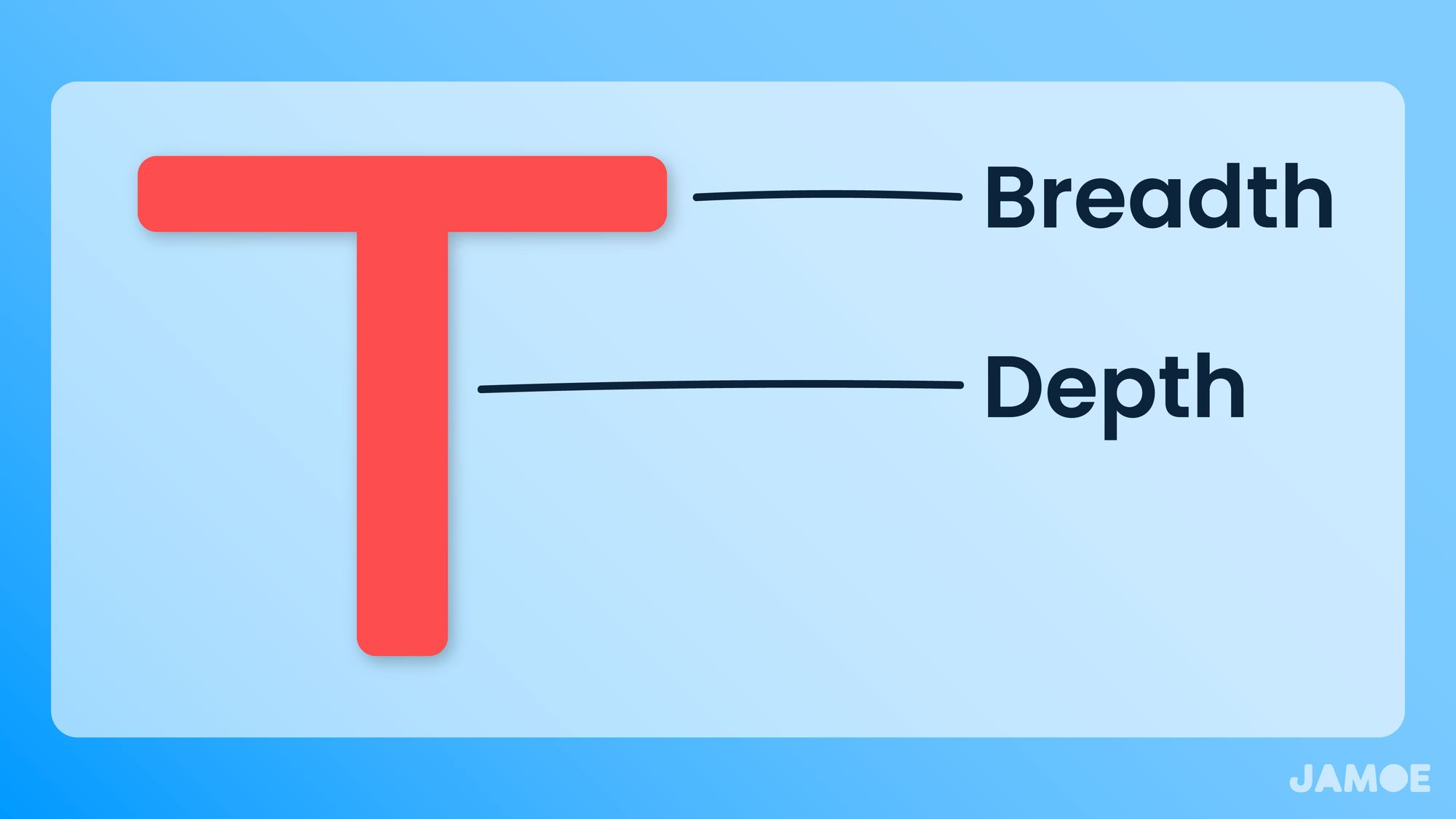
When applying our T-shaped research strategy to writing – an essay, an article, an admissions statement – your journey will look like a stack of Ts that converge on what you believe is the separation between the truth and the seemingly true.
Taking this approach will make you more efficient. You'll be able to filter out the irrelevant details faster and find the richest rabbits holes to feed your thinking.
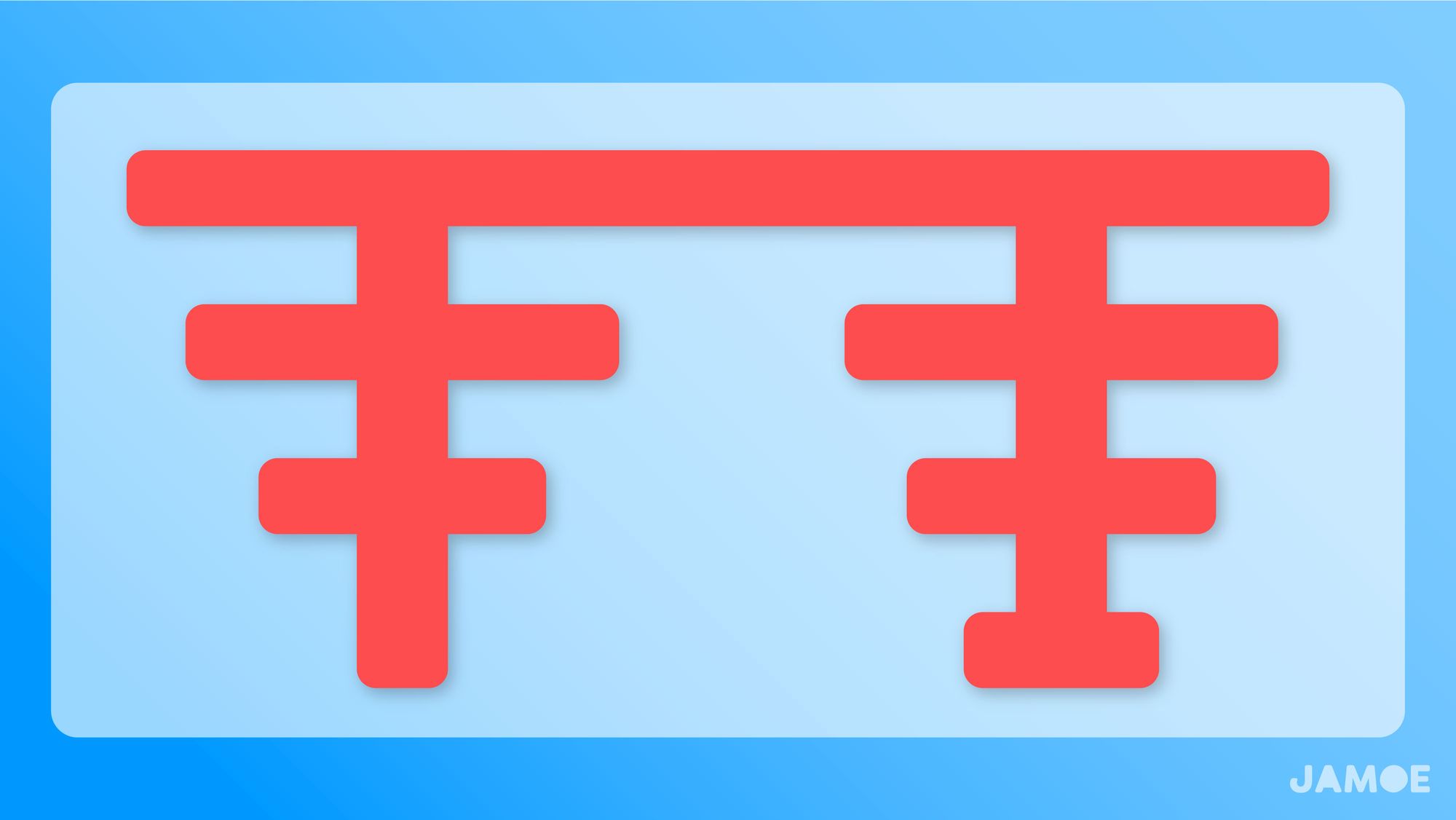
Note-taking techniques for breadth and depth
There are two techniques we recommend: Jump Notes and HQ&A Notes. The first is best for smashing and grabbing (breadth) and the second is best for returning to the scene of the crime (depth).
We call these techniques the fork and knife in your note-taking toolkit, in part because they’re practical in most situations throughout your studies and career, but also because you can use them together or apart.
After all, you can use a knife and fork on their own. When the techniques become familiar, you’ll find yourself swapping between them, instinctively choosing the one that best provides a sustainable balance between joy, effort and value while enabling you to achieve your goal.
You can think of smashing and grabbing as times when you need to think fast. Returning to the scene of the crime is when you need to think slow. When thinking fast, you want breadth; when thinking slow, you want depth.
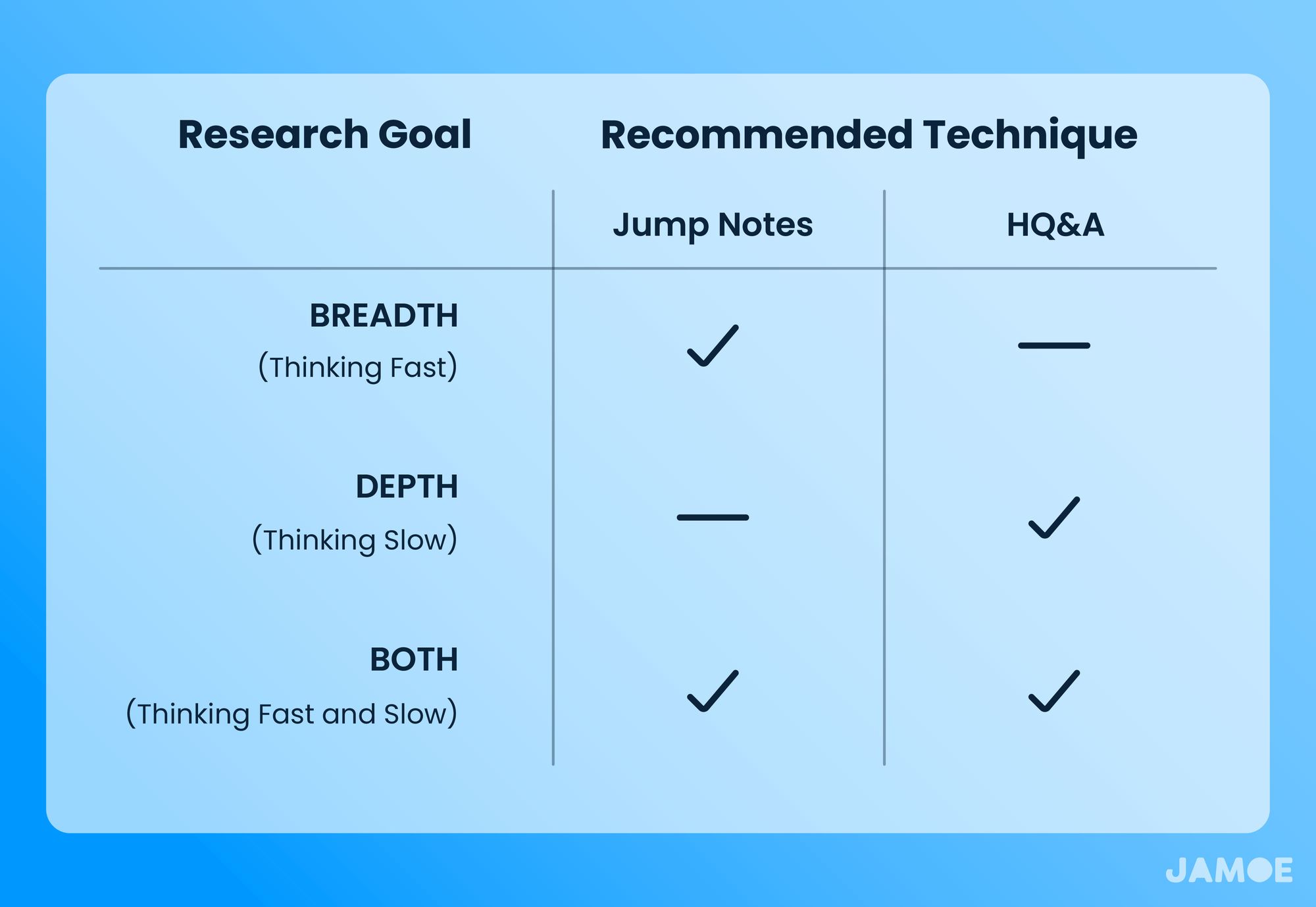
When would you want to use both?
Using the big picture to prioritise
Starting with Jump Notes (breadth) will give you a big picture view of what you’re reading, letting you move thoughtfully through a text without ruining your momentum.
When you hit a natural pause, such as at the end of a section, you can then review your Jump Notes and decide if investing more time developing some of the ideas you've captured will be worthwhile. If so, then that's when you would change over to HQ&A Notes (depth).
After all, it's hard to see the forest when your nose is kissing the trees.
A foothold for pushing your intellectual limits
Beyond making you more time efficient, Jump Notes also provide a foothold for improving the quality of your thinking. This is especially true when reading material that sits close to our intellectual limits.
By laying out the big picture, you'll be able to see the dots that make up an author's argument. These then become footholds for writing more thoughtful HQ&A Notes relative to the ones you might have made otherwise.
Using both techniques is an especially clever move if you're struggling to think of a question for your HQ&A Note. Questions require us to apply our knowledge, which we can't do unless we've understood what we're reading.
If you keep getting stuck in this way, start with Jump Notes and use them to write your HQ&A Notes. By breaking the task up, you'll be able to read with more joy and raise the ceiling on your intellectual limits.
You can think of it in the context of the knife and fork metaphor. We pin food down with a fork, so we can carve it up with our knife. That's far less stressful than chasing the ideas around the plate.
When is it not worth taking notes?
When you’re reading for fun. When you want to get lost in the moment, switch off, and forget that our brains can act like sieves. That’s all part of Honest Productivity. The good stuff will stick whether we realise it or not.
After all, we don’t remember every meal we’ve eaten but they, like books, still make us who we are.
We might snap a photo of an especially magical meal or ask for the recipe, but capturing every morsel we consume with a camera would be mindless. It would be too much effort, provide too little value, and suck out all the joy.
As a guide when considering what’s worth capturing and what’s not, we offer the Honest Note-taking Triangle:
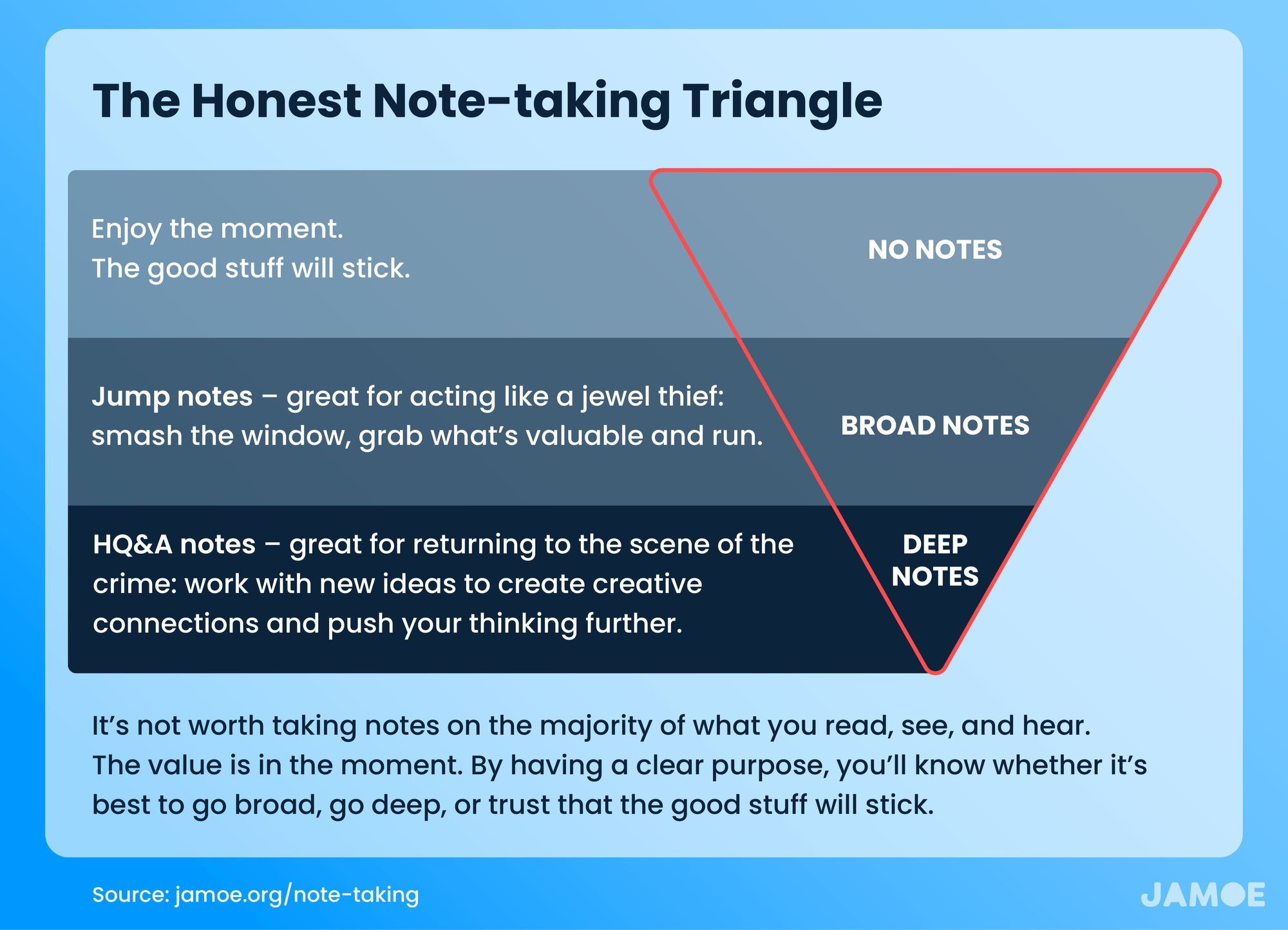
Case Study: 21 Lessons for the 21st Century
To make the breadth and depth workflow real, we’ve shared a snapshot of the notes we took on Yuval Noah Harari’s 21 Lessons for the 21st Century below.
21 Lessons for the 21st Century explores the challenge of maintaining our collective and individual focus in the face of constant and disorienting change: ecological cataclysms, technological disruption and fake news.
The book is dense with ideas, so using both techniques was especially valuable for engaging and evaluating Harari's argument.
The Jump Notes we took gave our thinking a foothold, as we were able to see the key points and how they connect. With that perspective, we could think of better questions for our HQ&A Notes. Some of these questions tie together ideas that span paragraphs, pages, and sometimes even chapters.
The end result is a collection of HQ&A Notes that efficiently distill the main points of the author. That includes our own original thoughts on the implications of Harari's argument that weren't included in the text.
Taking this approach stays true to why we read, write, and take notes: to build on the thinking of other's, rather than just remembering the thinking of other's.
Jump Notes
We’ve fleshed out the full details of how to take Jump Notes in the technique’s debut article.
In a nutshell, you should scribble down any key highlights from the text, express any key insights in your own words, and capture any questions that occur to you as you read.
You’ll notice that it follows the same principles of the Highlight, Question, and Answer technique. The difference is that you’re thinking fast rather than slow. Your priority is breadth, not depth.
While you're scribbling, you’ll want to add boxes around whatever you judge to be a key point. Boxes are eye-catching, making them great visual anchors for when you come to review your notes.
Just like how road signs are a speedy way to re-orient yourself while driving, these boxes will make replaying your old thoughts faster. Your future self will be thankful.
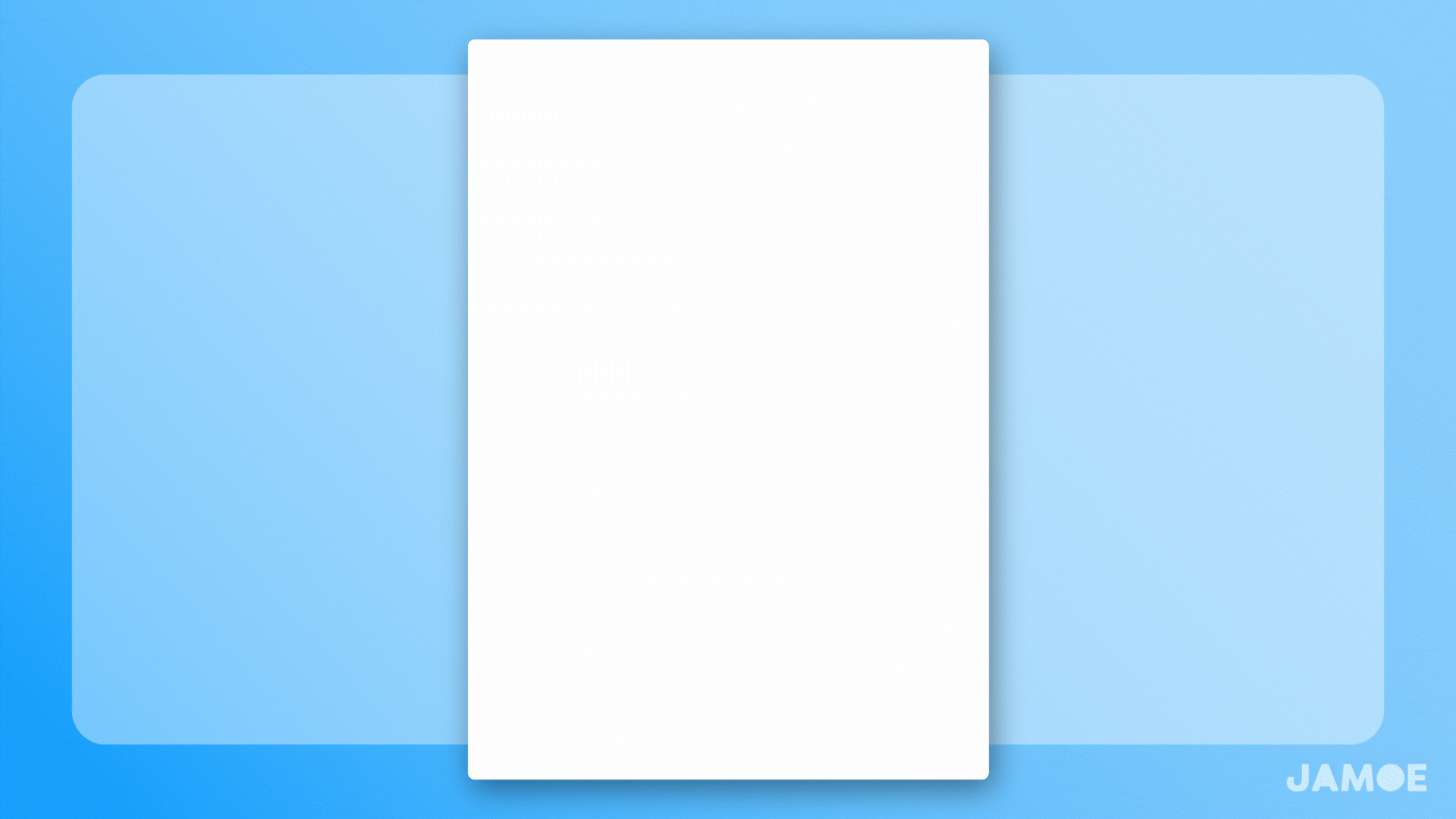
Highlight, Question, and Answer (HQ&A) Notes
Now let's talk about returning to the scene of the crime.
Having used Jump Notes to give you a broad understanding, you'll find yourself having a firmer grasp of the material than you would have had otherwise. If you choose to then take HQ&A Notes, that firmer grasp will allow you to be more thoughtful and creative with your questions.
Ask a better question, and you'll get a better answer. Doing this when using the HQ&A technique means deepening your understanding of the text and training yourself to be a more original thinker. That's why it's best for when depth is your priority, as you're thinking slow.[2]
We've broken down the details of how to take HQ&A Notes in the technique's debut article, but to offer a nutshell summary:
- Highlight: when reading, an insight might catch your attention. Highlight the passage that best captures that insight, either directly or by writing it down elsewhere for easy reference.
- Question: if your highlight is the answer, what's the question? This is your mental workout and is where the friendly friction comes in. Think of a precise question for which the answer is what you've highlighted. By applying the new insight, you'll reinforce your understanding.
- Answer: write, in your own words, the answer to your question. This final step forces you to compress the author's words, reinforce your understanding, and give you a crisp summary to recall later.
When reading, each component of the HQ&A note serves to improve your memory, focus and understanding, which is why it's great for depth:
- Highlight = The original context for your reference.
- Question = An application of the new information to form an insight.
- Answer = A compressed version of the highlight's insight expressed in your own words.
A snapshot of our Highlight, Question, and Answer (HQ&A) Notes
Based on the Jump Notes we took, there were a few standout ideas that we judged to be rich rabbit holes. These are the ones you'll want to invest more time in.
In the three examples below, we look at: 1) a framework for understanding which jobs are at the greatest risk of automation 2) how we might end up living in a post-work economy and 3) the reason why some companies are unprofitable but worth billions.
You'll notice that we were able to tie together ideas from across the book into insights. That's another advantage of using Jump Notes to see the big picture. For example, you'll see that the second HQ&A Note threads thoughts from across 13 pages of into a single note.
Question: Why are clinical doctors at greater risk of being made redundant due to automation than nurses?
Answer: It is easier to engineer specialised artificial intelligence (great at one thing, e.g. chess) than general artificial intelligence (great at many things). Doctors = specialised; nurses = generalised. Doctors analyse information and decide a diagnosis. Nurses must do this and have great communication and motor skills, e.g. injections, bandages.
Highlight: 'Many doctors focus almost exclusively on processing information: they absorb medical data, analyse it, and produce a diagnosis. Nurses... need good motor and emotional skills... to give painful injections, ... restrain patients... probably have an AI family doctor on our smartphones decades before we have a reliable nurse robot.' p.24
Question: Why will many humans join horses in a post-work economy?
Answer: As automation gets better, retraining becomes harder. The distance from farmer to cashier is shorter than cashier to cancer researcher. Rate of change outpaces the rate of reskilling. Converges on a post-work economy for many (everyone?), much like how horses were pushed out of the job market when wagons were replaced by cars.
Highlight: '...ought to protect humans – not jobs.' (p.24) 'Can you guess how long it took AlphaZero to learn chess from scratch, prepare for the match against Stockfish [the world's computer chess champion] and develop genius instincts [and not lose]? Four hours... without the help of any human guide' (p.31) '...should focus on... protecting [people's] social status and self-worth [during the rise automation].' (p.37)
Question: Why are unprofitable companies worth billions of dollars?
Answer: At present, the value of the data a company holds isn't represented on its balance sheet. That means it isn't factored into the profit calculation. This outdated accounting practice results in many companies being unprofitable but worth billions, because their data has the potential to fuel the creation of software that people will pay a fortunate for.
Highlight: 'A popular app may lack a business model and may even lose money in the short term, but as long as it sucks data, it could be worth billions. Even if you don't know how to cash in on the data today, it is worth having it because it might hold the key to controlling and shaping life in the future.' p.78
Conclusion
Thinking of yourself as a jewel thief is our recommendation for reading efficiently. Start with smashing and grabbing a handful of value from a text using Jump Notes. Once you’ve found the most promising parts, you can then return to the scene of the crime and make some HQ&A Notes.
We call this the breadth and depth approach, and it's our T-shaped strategy. You can use it when reading a single text or to move through a reading list more efficiently by dipping into each text and then diving into whichever ones appear the most valuable for achieving your goal.
Footnotes
[1] AlphaZero didn't stop there. It went on to master Shogi (Japanese chess) and Go. In each case, this unsupervised form of machine learning went from utter ignorance to creative mastery in no time at all. You can read the full write up of AlphaZero's antics here.
[2] The Up, Down and Across technique is also wonderful for training yourself to be a more original and thoughtful thinker. It prompts you to see the ideas above, below and across from what you're reading, which is great for uncovering interesting connections and having idea babies.
